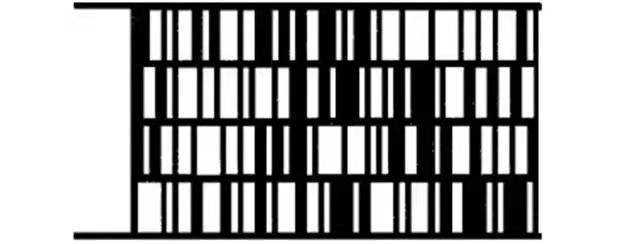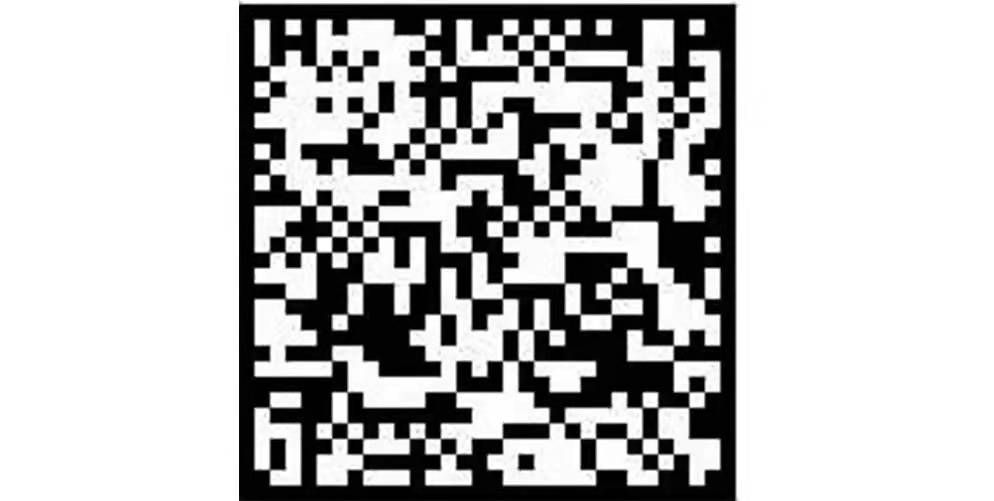In the early 1980s, with the wide application of bar code technology in retail and other industries, more and more industries hope to use bar code to solve the problems of article management and automatic information collection faced by the industry. At the same time, a variety of application scenarios also put forward new and higher requirements for bar code technology. In industry application scenarios, people hope that the barcode can carry more data, can identify other than the ASCII characters, Japanese, and can support encryption and other functions, so the two-dimensional code technology with higher information capacity and can identify more information emerged.
The earliest two-dimensional code is code 49 bar code developed in 1983, which belongs to the layered two-dimensional code. The layered two-dimensional code directly gets rid of the traditional one-dimensional bar code and can be regarded as the formation of multiple one-dimensional bar codes stacked up, as shown in Figure 1.

Figure 1
With the development of digital imaging technology, the development of digital image information collection and processing technology is mature, so that the technical development of two-dimensional code advances by leaps and bounds, the birth of a new type of two-dimensional code, matrix two-dimensional code. Matrix two-dimensional code got rid of the restriction of combination of bar and space, and the basic information coding unit was changed to the square shape module of the same size, which greatly improved the information capacity of bar code technology. In the middle and late 1980s, Veri Code (as shown in Figure 2) and data matrix code (ECC000-140) appeared. Data matrix code is the earliest mature matrix two-dimensional code, which has laid the technical foundation for the explosion of two-dimensional code application twenty years later.

Figure 2
At present, the two-dimensional code is widely used: PDF417 bar code in the United States, developed by the American Symbol company, invented by The Chinese American Wang Yinjun. The density of this bar code is very high and its reliability is greatly improved compared with one-dimensional bar code. It can even be recognized with a traditional laser linear scanner (scanning in one direction); Matrix two-dimensional code requires image sensor imaging to identify. Data Matrix (also known as DM code) is a matrix code invented by the original American International Data Company in 1989. Although DM code is small, its Data capacity is quite large. Manufacturers can use it to represent traceability data without compromising the overall look and feel of the product package. Now mobile payment QR Code was born in Japan, known as Quick Response Code, invented by Japan DENSO WAVE in 1994. Its advantage is that the Japanese and Chinese characters are also included in the encoding mode, making it easier to store information. It was first used in car factories to facilitate tracking parts assembly, and later used for inventory management. China also has its own QR code, Hanxincode. Led by the China Article Coding Center to complete the design and development, the deputy director of the Technical research Department Wang Yi as the technical director/project editor (PL/PE), is currently the only two-dimensional code in China with fully independent intellectual property rights.

Post time: Feb-09-2024
